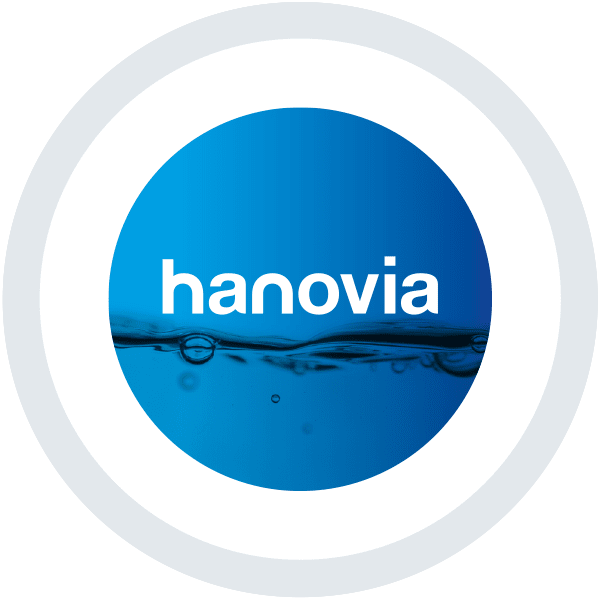How UV Technology fits in with the Food & Beverage Industry Regulation Plans ?
By James Hadley – Western European Sales Manager at Hanovia Ltd
A major talking point resulting from the UK Food Standards Agency(FSA) announcement that it plans to redesign its regulatory role, is the idea of moving away from its current inspection model. Putting the onus on manufacturers to self-regulate their safety standards is not necessarily a bad thing, but with fewer audits performed by the FSA, will this really lead to safer food for customers?
At this moment in time not all manufacturers are willing and able to self-regulate and there is a risk that without an impending audit, food hygiene standards may drop. Some businesses will need help to maintain the standards required to produce high quality products and in turn protect their brand image.
The FSA plans to create a regulatory framework for different types of businesses within the industry. Critically, it wants to lean on big businesses that already have stringent rules and regulations for food and beverage safety for support. This is certainly a positive idea for the industry because major manufacturers have had internal processes and audits in place to ensure food safety for a long time. One of the key aspects of this is the requirement for proven new technologies. This is supported by the FSA, which details the need to identify and assess new technologies which will shape the food and beverage sector and improve food safety standards.
The use of proven new technology to help improve safety can be seen with one of the key resources for the food and beverage industry – water. Water can often be a source for microbial contamination. Whether the bacteria problem originates from municipal water supply, dead legs in pipework design, or water being stored for long times or at high temperatures, correct water treatment is essential. Not only does water treatment need to be in place, but it must be proven to work and monitored and maintained as recommended.
Due to higher demands for water quality in recent years, the use of technologies such as ultraviolet (UV) light treatment has increased. UV has come a long way in recent years to adapt to the demands of global food and beverage companies. Having been successfully used in the highly regulated municipal drinking water sector, UV is an ideal technology choice for food and beverage companies.
Reputable manufacturers will offer UV systems which have been performance validated by a third party, giving users the reassurance that their system will perform as required. This guarantee of post-UV water quality will ensure biosecurity and product safety. Furthermore, these systems will offer an online UV dosage reading, so users can continuously monitor their performance. This reading can be logged regularly on a user’s building management system to offer traceability of water quality. This is an important part of ISO 22000 (Food Safety Management), so in the event of a batch issue, it can be demonstrated that the product water received the correct UV dose.
UV systems need to be maintained to ensure optimum performance, and new innovations have helped to reduce the time and cost of maintenance. Modern UV systems now only use a single UV lamp in a reactor to treat up to 300m3/hr of water. Gone are the days of needing to change multiple UV lamps, quartz sleeves and seals at each service. With only a single lamp, the operating costs are reduced considerably in addition to a significant reduction in the time taken to service the UV. The result is minimum downtime and a lower cost for guaranteed water quality.
Overall, the improvements in UV technology fit well with the strategic plans of the FSA and an increase in the use of UV will help customers in their drive for food safety.





 沪公网安备 31011202013557号
沪公网安备 31011202013557号